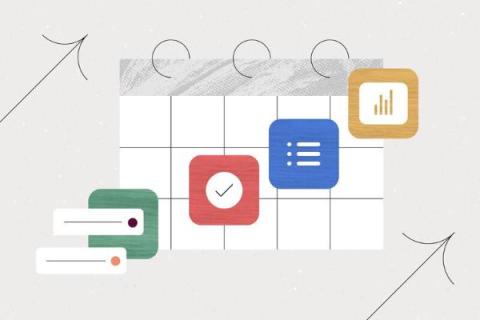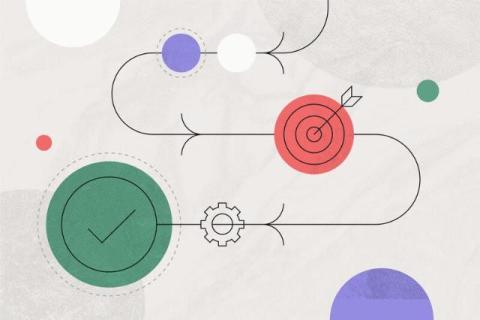What is a PERT chart? Easy steps to create and use one
If you’ve ever struggled with mapping project tasks or keeping track of dependencies, we have the perfect solution for you. A PERT chart, also known as a PERT diagram, is a tool used to schedule, organize, and map out tasks within a project. PERT stands for program evaluation and review technique. It provides a visual representation of a project's timeline and breaks down individual tasks. These charts are similar to Gantt charts, but structured differently.











